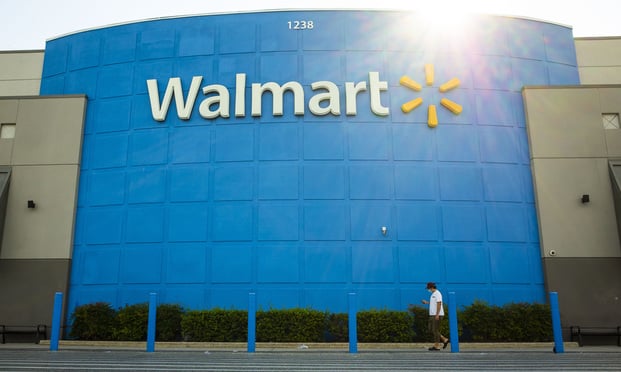As health care reform efforts continue to unfold, much discussion revolves around the role of public health insurance exchanges ("public exchanges") in achieving the primary goal of the Patient Protection and Affordable Care Act (PPACA) – to provide U.S. citizens with affordable, quality health insurance.
By 2014, PPACA requires each state to offer public exchanges to residents, or in the alternative, a federally-run exchange system.[1] A recent blog post by Larry Levitt and Gary Claxton for Kaiser Family Foundation examines how insurance options outside the public exchange markets will change under PPACA, as well as the importance of maintaining a level playing field for health plan offerings both inside and outside the public exchanges (see Levitt/Claxton blog post).
Clearly PPACA intends to make the public exchanges a key offering for consumers, who need more accessible and affordable healthcare options at their disposal (see Insurance Broadcasting story). However, as Levitt and Claxton point out, options outside of the public exchange domain will remain an important part of America's health care system:
Continue Reading for Free
Register and gain access to:
- Breaking benefits news and analysis, on-site and via our newsletters and custom alerts
- Educational webcasts, white papers, and ebooks from industry thought leaders
- Critical converage of the property casualty insurance and financial advisory markets on our other ALM sites, PropertyCasualty360 and ThinkAdvisor
Already have an account? Sign In Now
© 2024 ALM Global, LLC, All Rights Reserved. Request academic re-use from www.copyright.com. All other uses, submit a request to [email protected]. For more information visit Asset & Logo Licensing.








